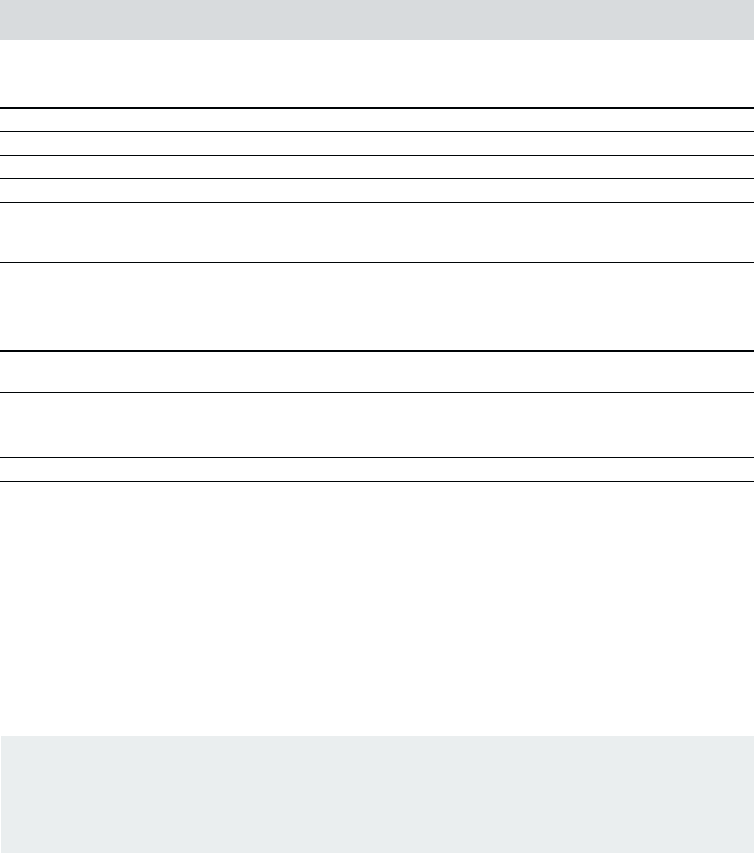
10
4.0 Using your 30CA Applications and some suggestions
4.1 Typical applications
Among the most common applications for the ALTO 30CA are:
Agriculture Cleaning and/or sanitizing machinery, implements and livestock areas
Transportation Cleaning trucks, buses, cars, shop areas and equipment spaces
Light industries Cleaning/degreasing equipment and shop areas.
Services Building and kitchen cleaning. Walks, drives and awnings.
Domestic use Autos, motorcycles, campers, boats, trailers, concrete/brick/stone,
woodwork, roof/gutters, windows, greenhouses, barbecues, garden
furniture, and many others.
4.2 Working pressure
Your ALTO 30CA can be adjusted for virtually any pressure up to its rated working pressure, with a simple
twist of the knob atop the spray lance.
Low pressure Provides lower pressures and/or activates the internal detergent injector.
Useful in tight spaces or around sensitive equipment.
High pressure Provides maximum mechanical cleaning action resulting from water jet
impact.
Loosens soil and assists detergent action. Stops detergent injection.
In-between Allows matching the output to specific task requirements.
4.3 Detergents
A vast number of detergents and other chemicals (such as degreasers and disinfectants) are available for
use with pressure washers. Selection will depend primarily upon the task at hand, though environmental
considerations must enter into a responsible decision, as well.
Your ALTO Distributor or a local chemical company will be able to provide you with guidance.
It is important to follow the chemical manufacturer’s instructions regarding use of their chemical! Use only
as strong a solution as is necessary to accomplish the job. Using more than is necessary is costly. A rule
of thumb is that, »If it looks like you’re getting enough soap, you’re using too much«»
4.4 Operating suggestions
In cleaning operations using detergents or other solutions, it is generally best to use the following method:
Step 1 Low pressure application of solution to a dry surface
Step 2 Wait while the solution works (an important step)
Step 3 High pressure agitation, and rinse
Some general advice:
1) Cleaning solutions generally work best when applied to dry surfaces. Make sure solution is being sprayed
before pointing the machine at the surface being cleaned.
2) Do not allow the solution to “dry back”
3) When working on vertical surfaces, apply solution from the bottom up to help prevent streaking which can
result from high concentrations of solution running down a narrow, dry path to the ground.
4) Manipulate the spray lance so that water from the high pressure cleaning operation does not „rinse“ areas
still uncleaned, prematurely. Wash from the bottom up.
















